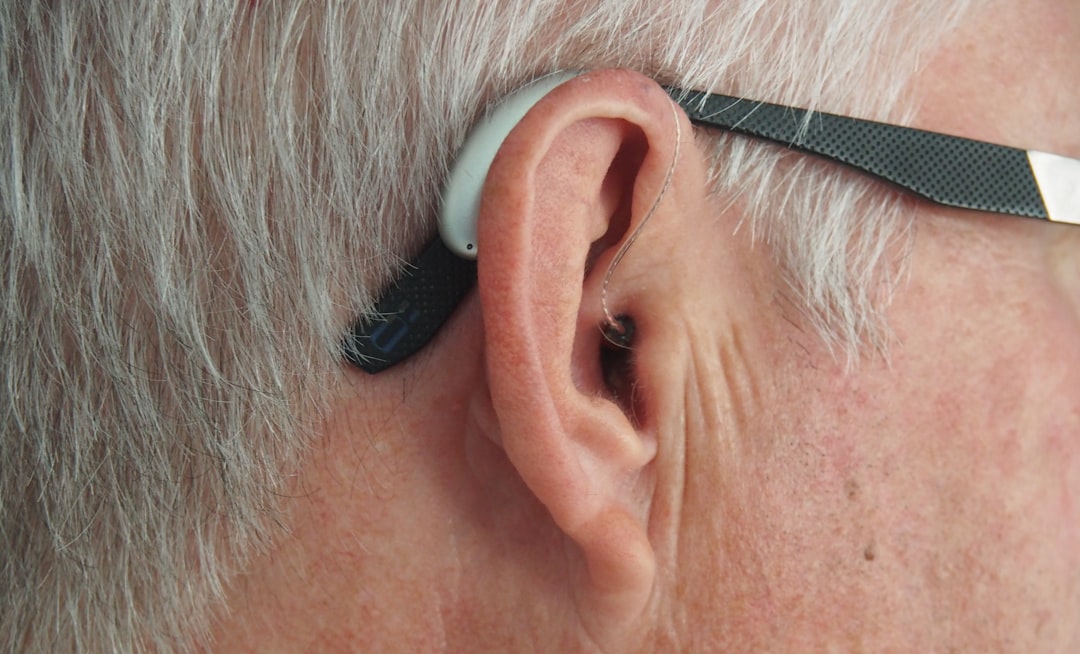What is it about?
Deformed Wing Virus, DWV, is one of the leading causes of honey bee colony losses which threatens pollination service and sustainable agriculture. DWV virulence is magnified when vectored by the parasitic mite Varroa destructor with specific DWV phylotypes being selected. We found that virulent DWV is much more genetically diverse in the USA than previously thought. We cloned a series of DWV genotypes and designed a reverse-genetics system for a virulent RNA virus population. By infecting honey bees with these cloned DWV variants in different combinations we investigated interactions between viral genotypes and effect of viral genetic diversity on antiviral RNAi responses.
Featured Image

Photo by Alexas_Fotos on Unsplash
Why is it important?
Within a divergent RNA virus population, such as in the case of DWV in the USA, there are likely to be variants already present in the population with the potential to not be affected by any genetic sequence-specific RNAi treatments. What was a minor fraction of the virus population could then quickly become predominant once the targeted variants are eliminated.
Perspectives
The work on this project and article has built a collaboration of virologists, bioinformaticians and bee scientists which continues today. The discovery of high levels of genetic diversity of a virulent honey bee RNA virus and its impact on antivirus defenses indicates that the task of developing new RNAi-based antiviral treatments would be much harder to achieve than previously thought.
Eugene Ryabov
Read the Original
This page is a summary of: Dynamic evolution in the key honey bee pathogen deformed wing virus: Novel insights into virulence and competition using reverse genetics, PLoS Biology, October 2019, PLOS,
DOI: 10.1371/journal.pbio.3000502.
You can read the full text:
Contributors
The following have contributed to this page










